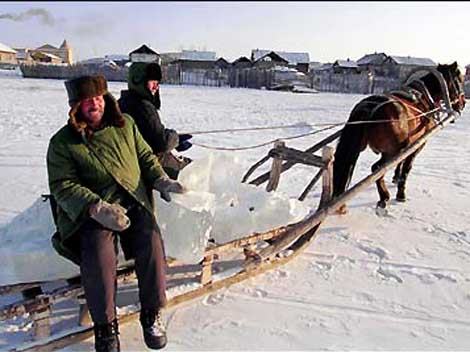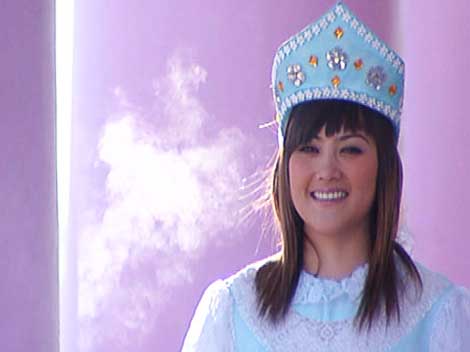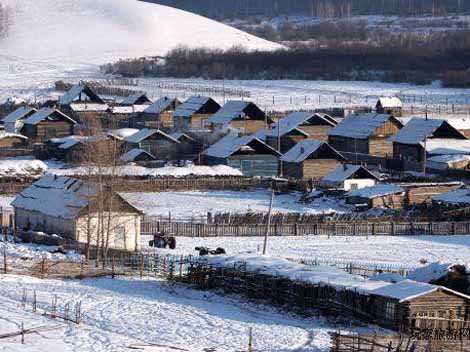
The Russ ethnic minority descends from Russian immigrates to China during the 18th century. Most live in Ili, Tacheng, Altay and Urumqi in the Xinjiang Uygur Autonomous Region whilst a few live in the Heilongjiang and Inner Mongolian Autonomous Region. The year 2000 census recorded the Russ population at 15,609.

Language and Character:
The Russ speak and write Russian, but most also use Chinese. The percentage of Russ with higher education is higher than for other ethnic groups, so many work in schools and government as teachers, translators and interpreters.
Belief:
The Russian people believed in Orthodox teaching with fewer people believing in Christianity, but in the recent years, they are more and more tended to hold no religious thoughts. Their festivals are relative to these religions, such as Christmas Day and Easter Day.

Diet:
The Russ diet is similar to that of traditional Russian people. They enjoy wheat flour based foods Including bread, nang (a type of pie, unique in Xinjiang) and various other types of pies, uncooked vegetables, alcohol and beer. At formal ceremonies such as weddings, the bride and other distinguished guests are greeted with bread and salt, a symbol of friendship.
Clothes:
The traditional Russian clothes are very distinctive. Men wear breeches and boots, and women like one-piece dresses. Girls' head covers are especially colorful and graceful. Now as living mixed with other ethnic groups like Han people, they are intended to wear modern clothes.

Customs:
The Russ are open minded and pay attention to etiquette. They greet each other with kisses or handshakes, similar to other Westerners, or alternatively with bowing similar to most of Chinese people. It is regarded as impolite for women to remove their head cover before seniors or guests. When gift giving, yellow, representing unfaithfulness should be avoided; whilst blue, representing friendship one is welcomed.
The Russ enjoy a rich cultural life including singing and dancing. Russian tap dancing is popular at festivals. The singing traditionally is accompanied with accordion and Balalaika.





